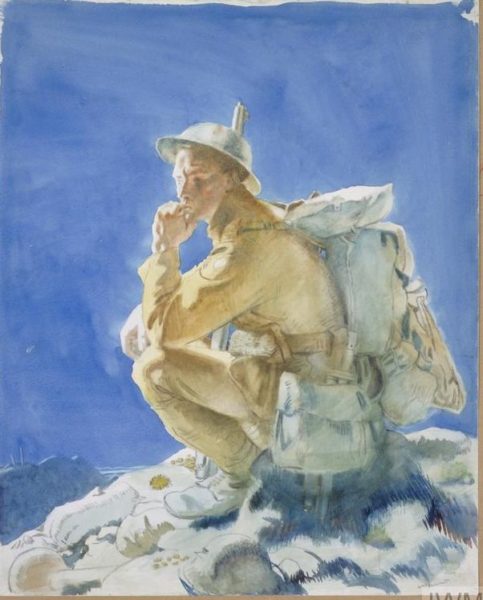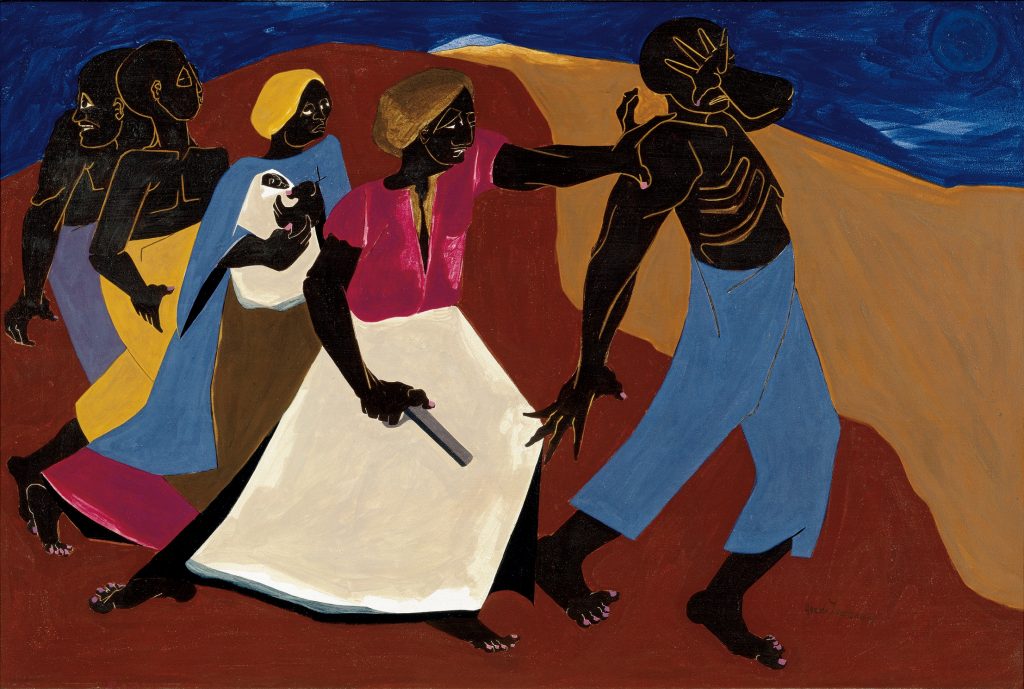
I’ve long thought that the word retreat should not be linked with strategic planning. It’s a bit of a misnomer for what should be a process of setting direction forward.
There’s nothing wrong with “retreats” and often they are essential components – creating the thinking space for assessment and reflection. That kind of indwelling can contribute to the careful assessment of where the organization (or individual) is and how it got there. A pause in the onward rush and tumble of change and disruption – a sidebar to progression, a deep breath, a temperature taking, a space to recommit.
But the word sets the wrong note when it comes to the process of strategic direction-setting, the work of planning how to move forward. So I’ve always preferred advance. Folks look at you a bit cross-eyed when you use it but it makes people stop for a moment. And that’s an opportunity to talk about what you are actually trying to do.
But then there’s the the trouble with advance – the military associations of the charge into battle or the aggressive onrush of the forward line in contact sport.
Words, words, words. There’s lots in a name.
Strategy Making
Strategy making is about placing a bet on the future. It’s about a focus on a proposed future version of your institutional self. It’s about choices. And that requires a solid awareness of where you currently are and a clear vision of a desired destination.
Call it the third horizon, or the north star, or the BHAG (big hairy audacious goal), or the catalytic magnet – it’s that compelling, collectively-owned, vision of the future institutional self that makes the work worthwhile and keeps it aligned with a sense of shared purpose.
It’s the the dream that inspires the work; guides the decision-making; and keeps things on the move. And it’s long term – 25 years out – not a set of targets to achieve in the next 2-3 years. It’s not the laundry list of to-dos for tomorrow, or next year.
The strategy is about figuring out how to reach that desired future state and about making the informed choices en route to getting there.
In clip art speak – think of the magnet drawing all the iron filings into alignment and bringing them home.
Organizations like schools need a vision – a future scenario – that stays fixed on the horizon. It may evolve with the next iteration of ongoing planning as the planning wheel turns, but basically, it’s a fixture.
The ways to get will change – based on shifting circumstances, realities, context and on the availability of new tools and information. The unexpected is inevitable. We cannot predict the future but we can build in agility wherever possible so that change is smoother and the gear shifting better oiled. But throughout, the destination endures. Operational tactics evolve but the visionary scenario abides.
Direction and Planning
Schools need a clear vision for where they are going, but they need to periodically reinterpret their ways for getting there as part of their ongoing work. Here’s where strategic planning crosses paths with strategic direction. We live in disruptive times and the pace of change speeds up. This means reevaluating strategies and taking advantage of new ways forward. But they don’t change the destination.
Strategic planning then is all about backward design. You know where you want to go. Now you need a clear eyed assessment of where you currently are so you can set about figuring out how to get there.
I was trying to think how to best illustrate the process. And – rather than use an example from some successful business or commercial enterprise – here is one drawn from big history and art.
Here’s a terrific painting – Forward – by Jacob Lawrence.

It shows a resolute Harriet Tubman, pistol in hand, leading and propelling a small group of fugitives northward to freedom. Barefoot figures creep across a spare landscape by moonlight.
Tubman is center stage, her figure expressing forward motion and forceful determination to push on. There will be no going back, no return to the false comfort of the past.
The picture illustrates the fear and risk. The venture is dangerous, the path uncertain. But off the canvas to the right is the destination and the compelling force field of freedom. Tubman lends her courage to others to keep them moving on, drawn by the shared vision of a better future – out of bondage to freedom.
Lawrence painted Forward in 1967.
In that era’s iteration of the struggle for civil rights the ways forward had changed. It was no longer the physical journey north across a geographic frontier. The struggles – the routes and tactics – were different.. The times, the circumstances and the obstacles were changed. Martin Luther King Jr – and the movement he led – had different strategies. But the vision of the promised land, of racial equality and justice – freedom – remained.
And half a century later those struggles and strategies to achieve full civil rights have changed again. In 1850 Tubman took passengers on the underground railroad. In 2020 Stacey Abrams, for example, works on voter suppression. But the destination of racial equity and justice – freedom – remains.
Fortunately, the work of schools is on something of a smaller scale.



“Forward” is like a coda to the Migration Series of 1940-1941 about the great flight north. Incredible artist who told/ documented this piece of history.
I like your thoughtful comments on words, and on what schools need to do. Great picture to accompany your essay…